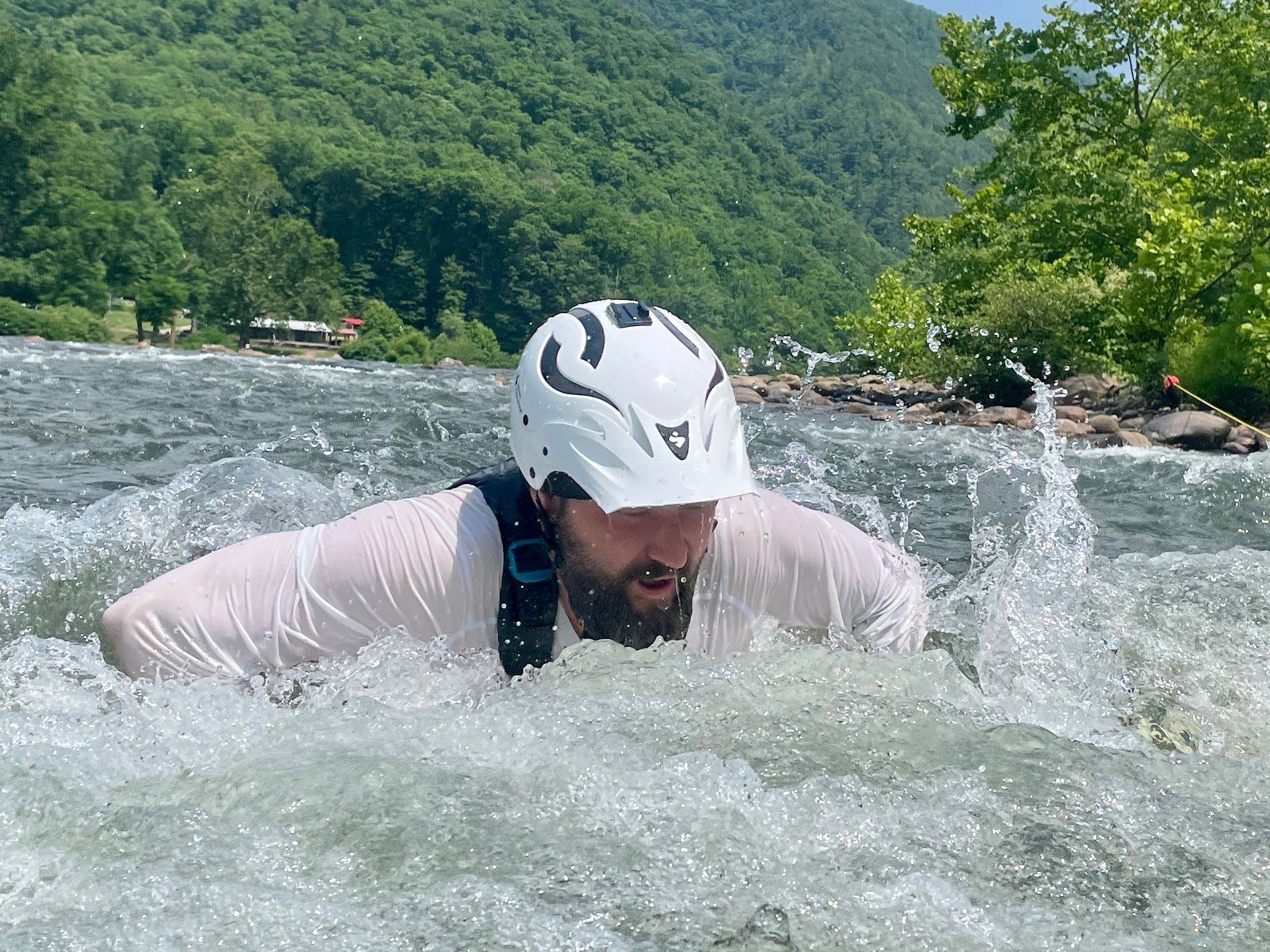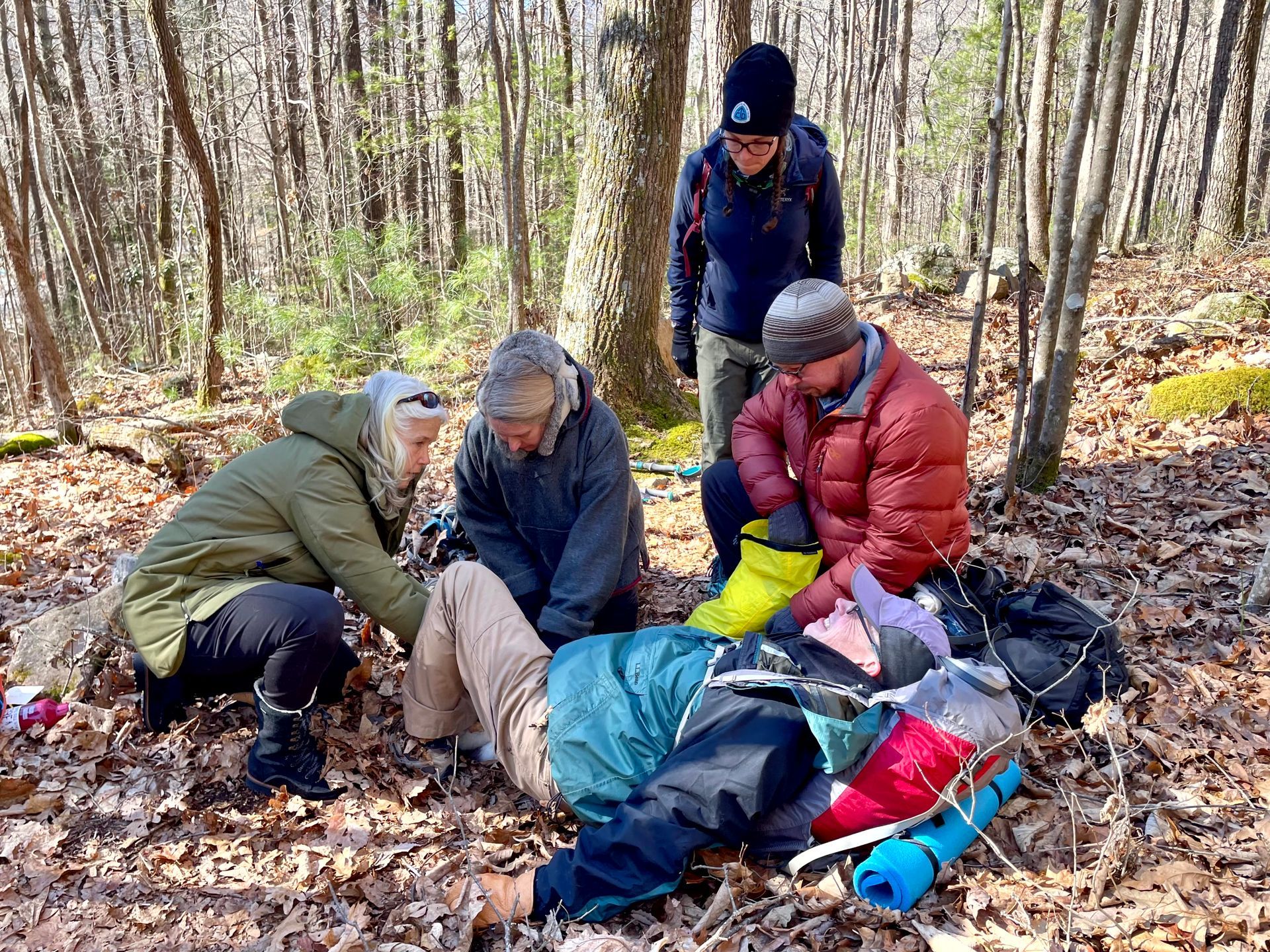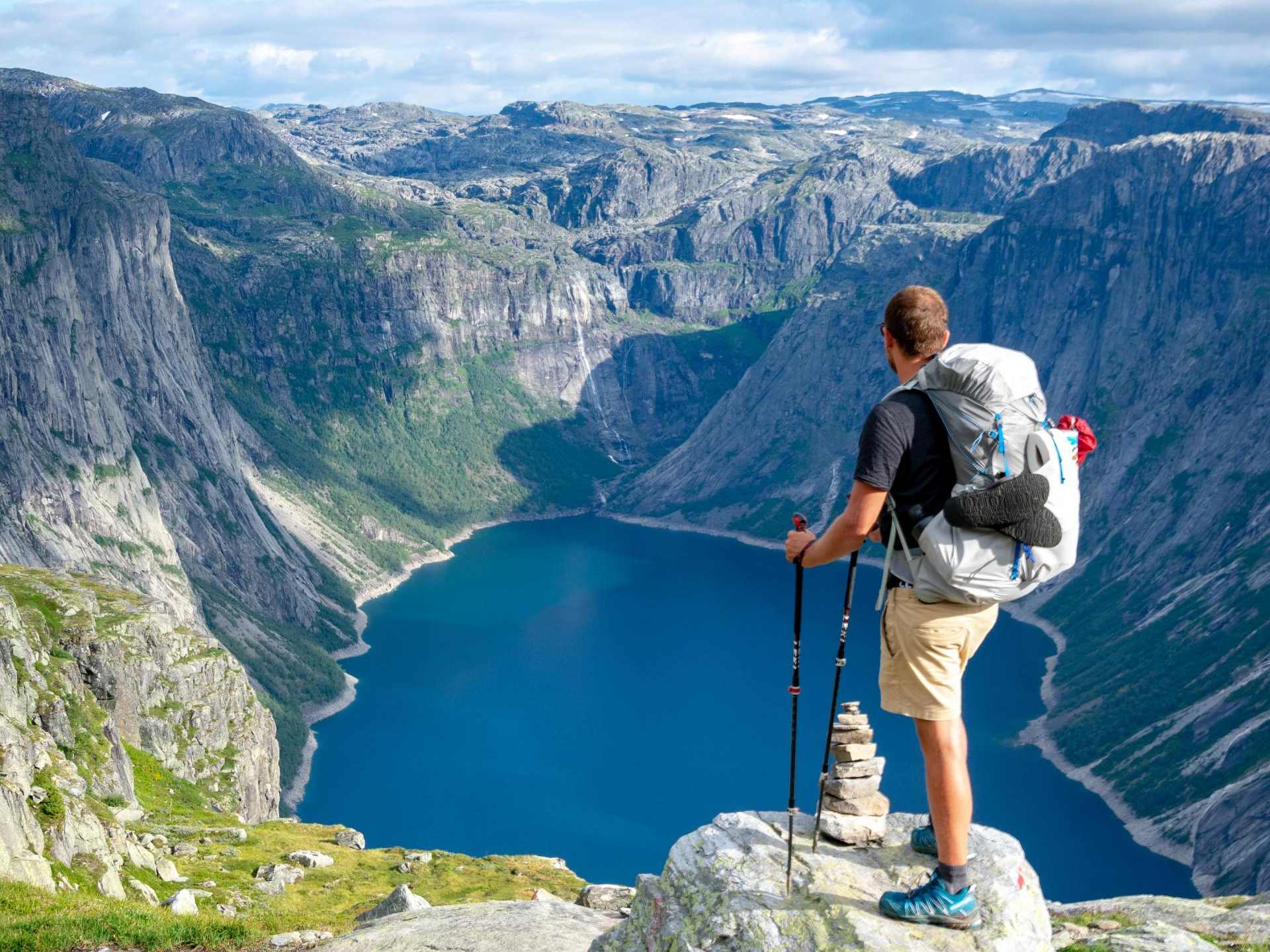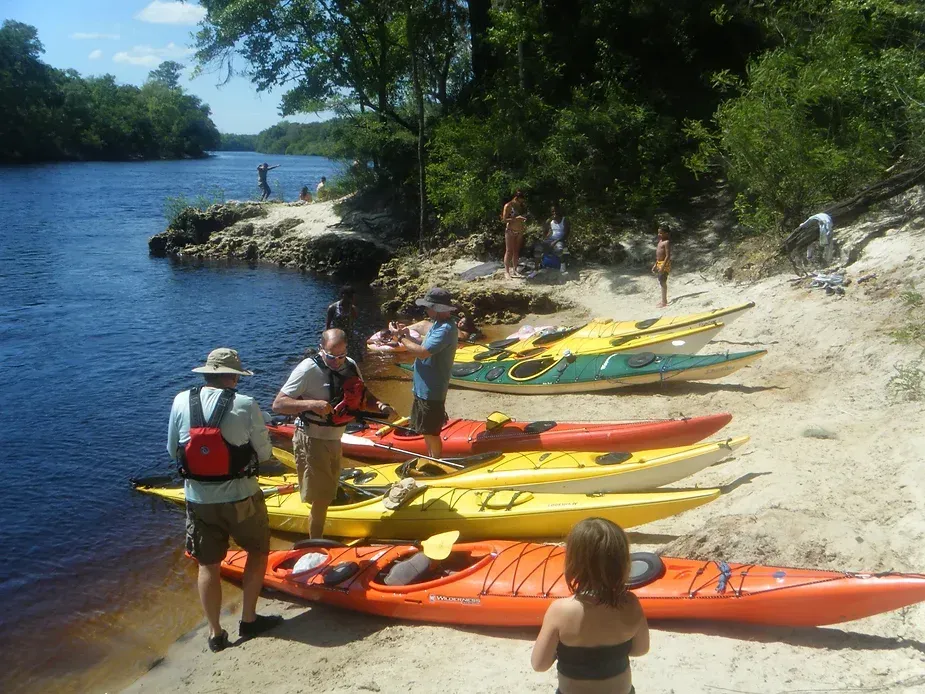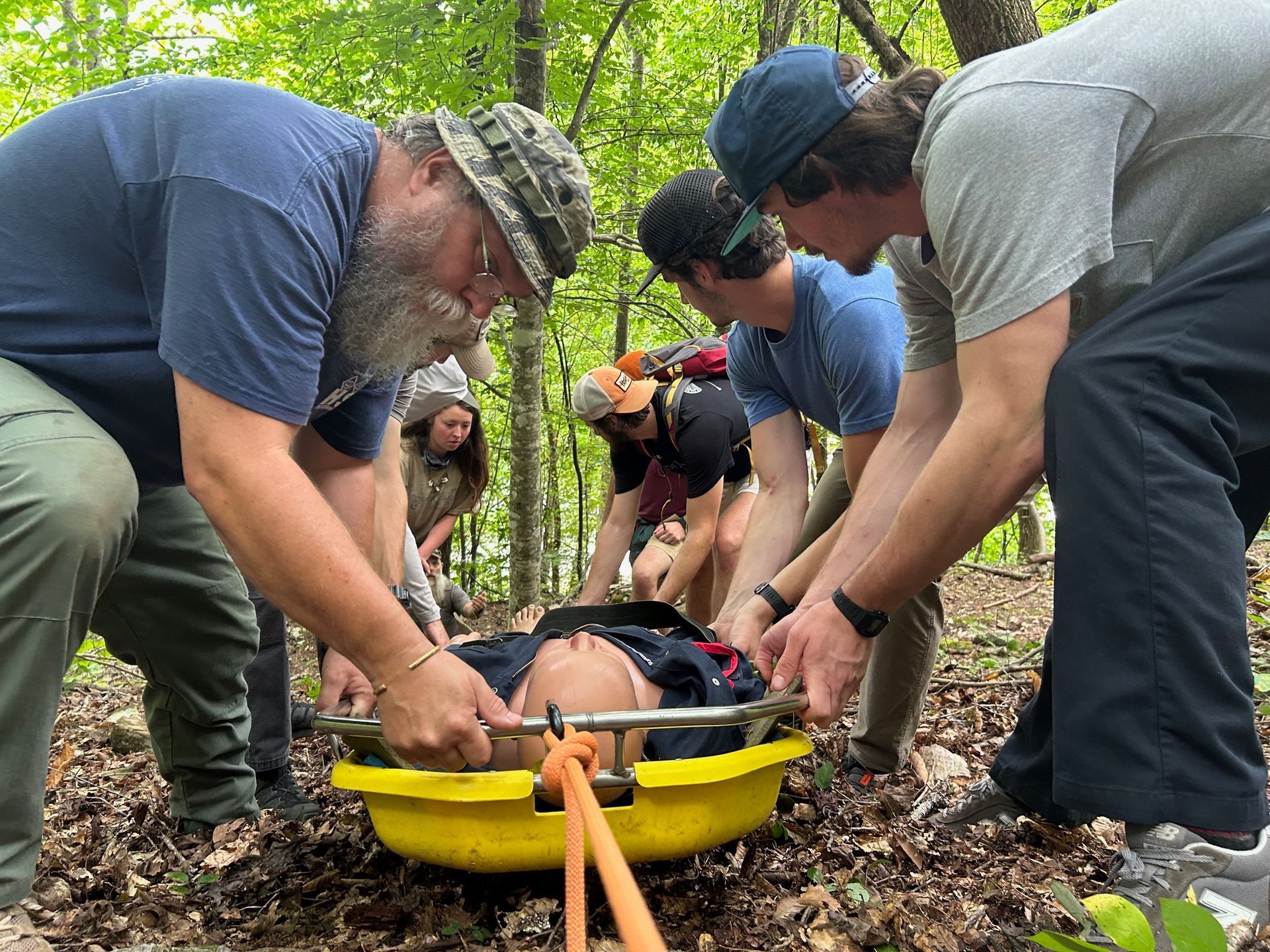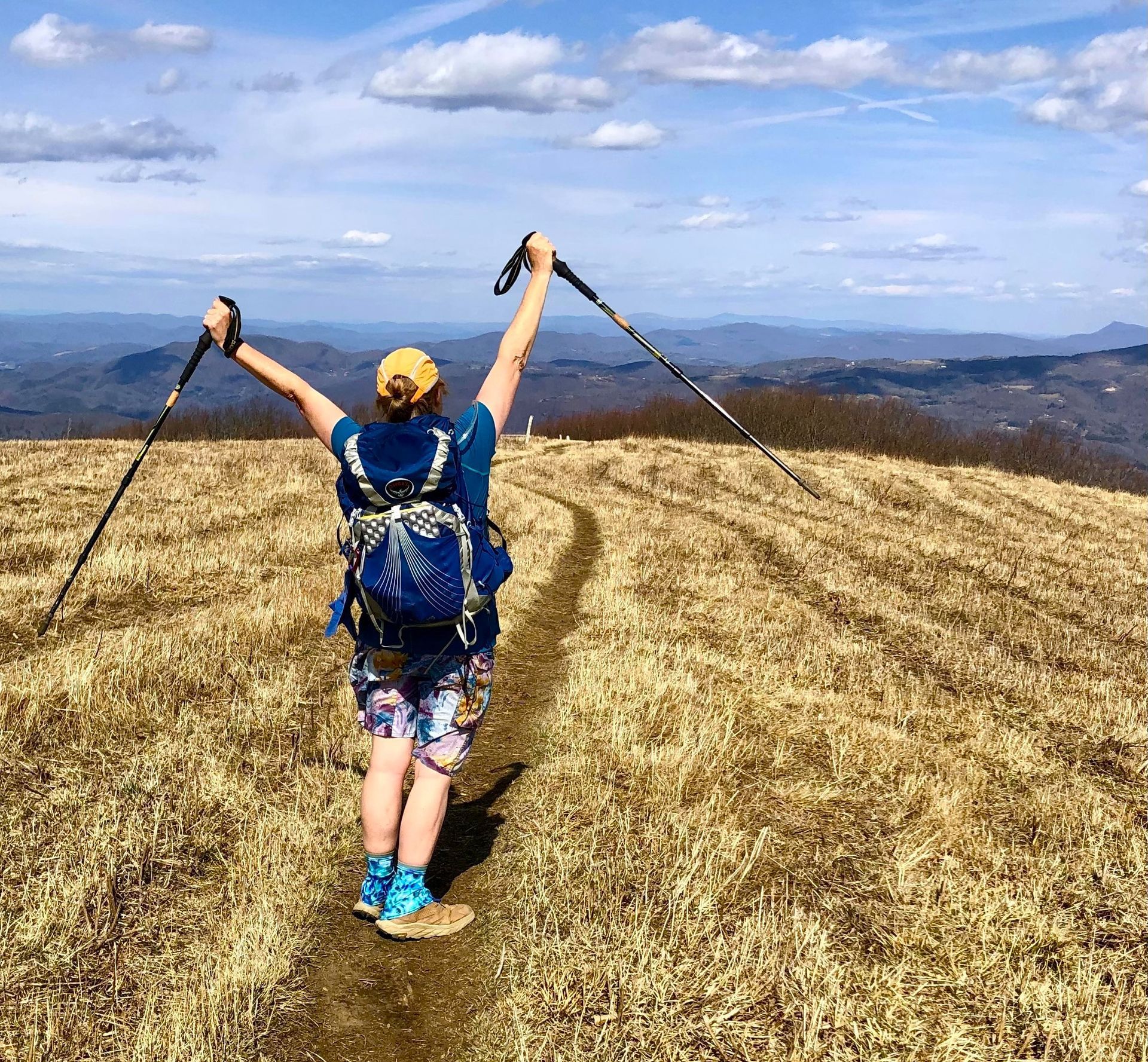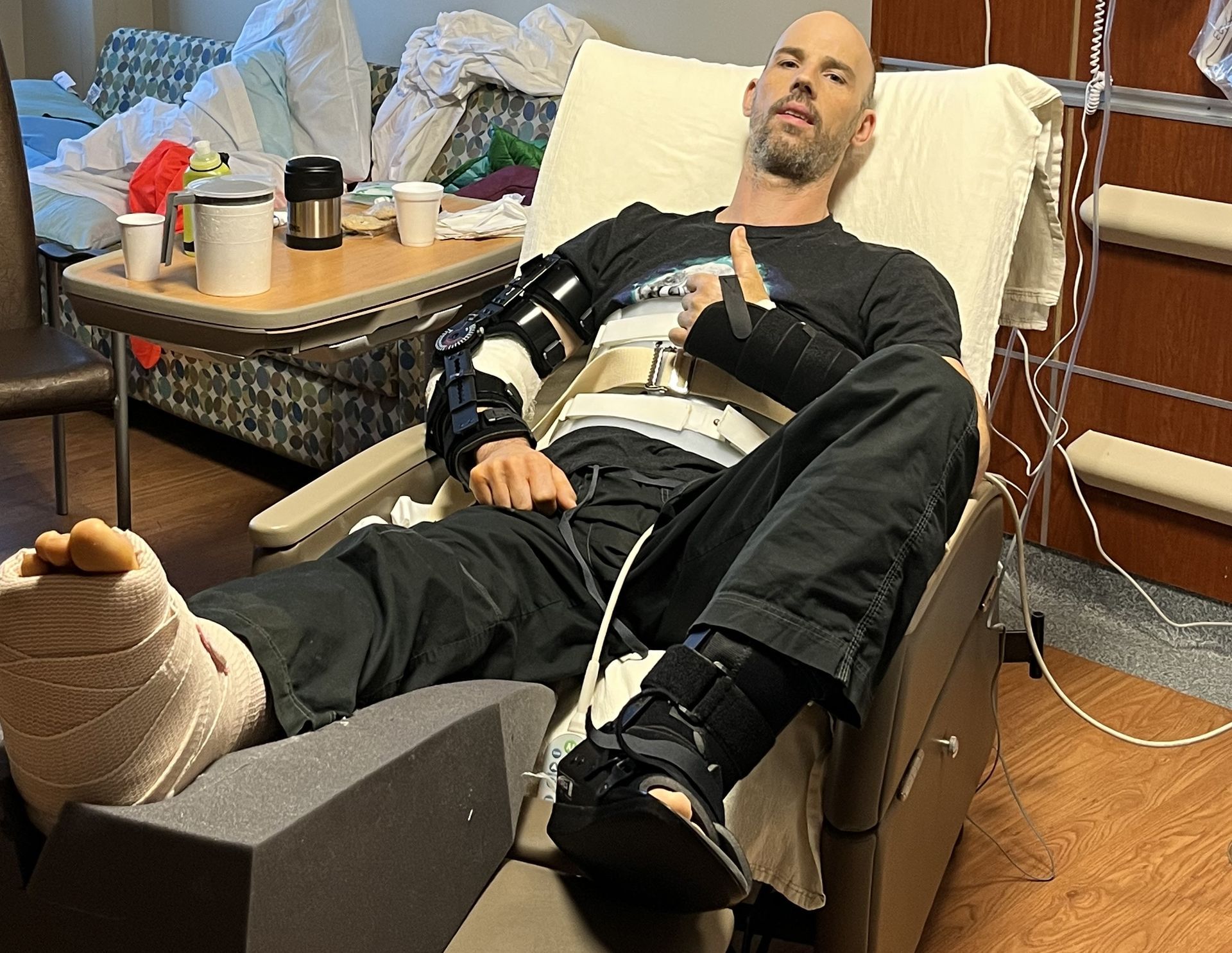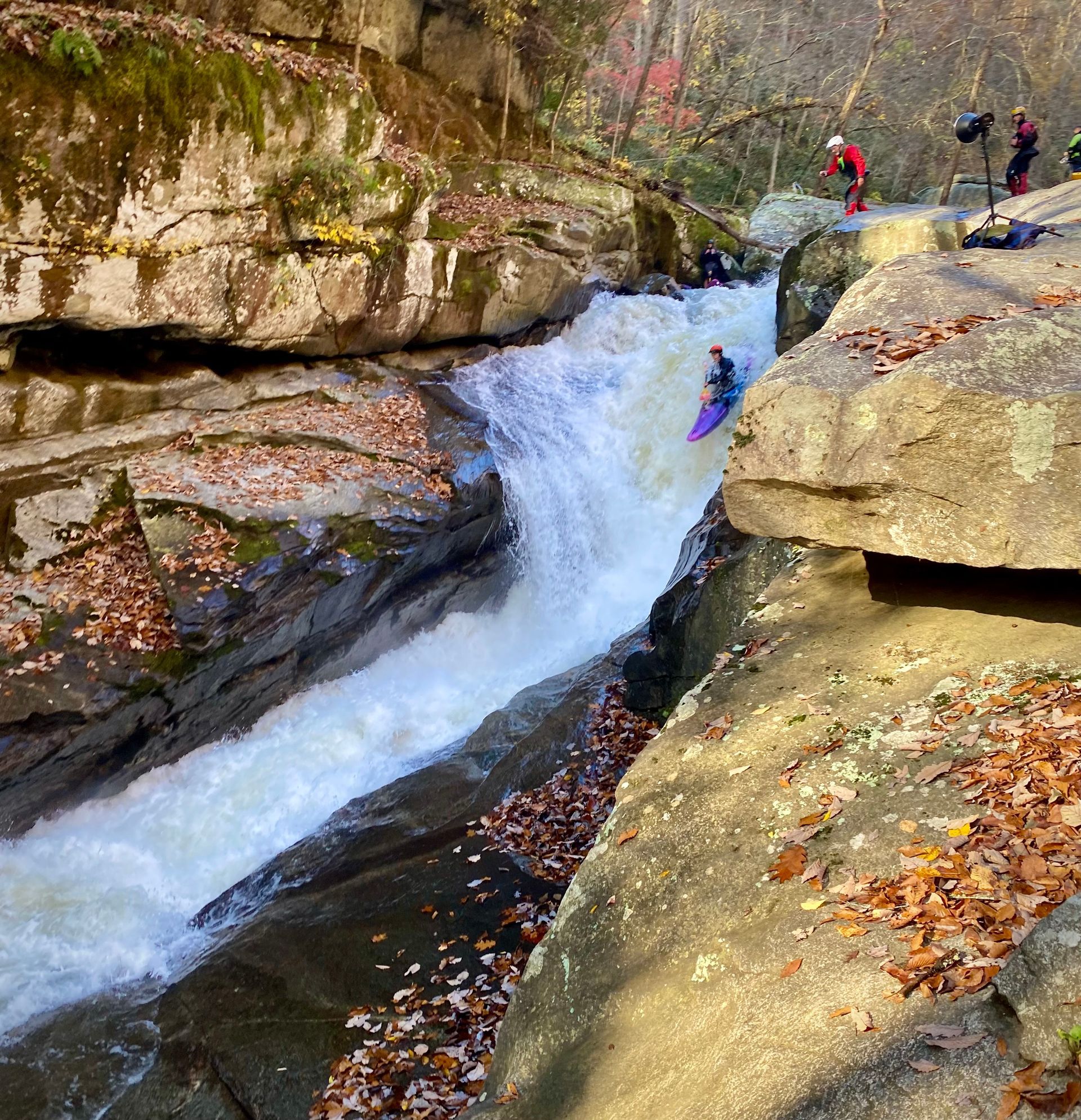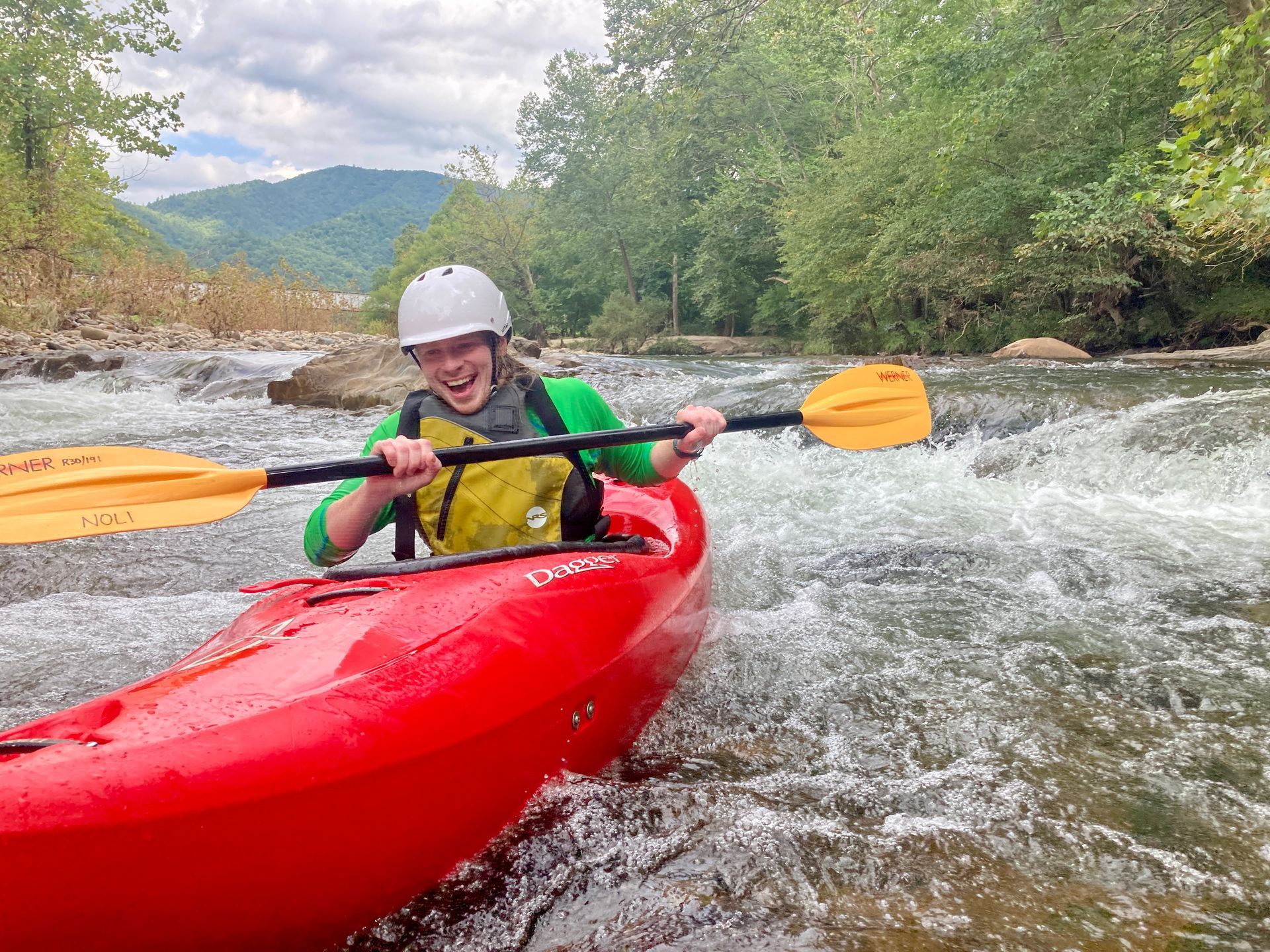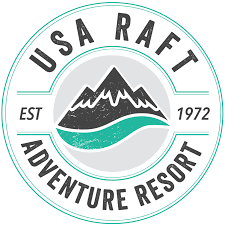Dealing with Drought
NOLI Kayak Instructor Adam Herzog shares a few thoughts on how to handle the word that paddlers hate most: Drought
“Burn ban in effect.” An electronic DOT sign flashed on the side of the road. “I guess it’s official.” I thought. Dry conditions persist this fall. The last few years the southeast was flush with water. Often, we have had too much of a good thing. The last severe drought was in 2016, the year Gatlinburg was ravaged by fire.
Weather cycles through patterns. But it’s hard not to get down and out when the rivers look like creeks, creeks look like streams, and stream beds are as dry and cracked as a desert floor.
There are cures for drought though. They just require a little creativity. Luckily, we live in an area that has plenty of options when the rivers run dry.
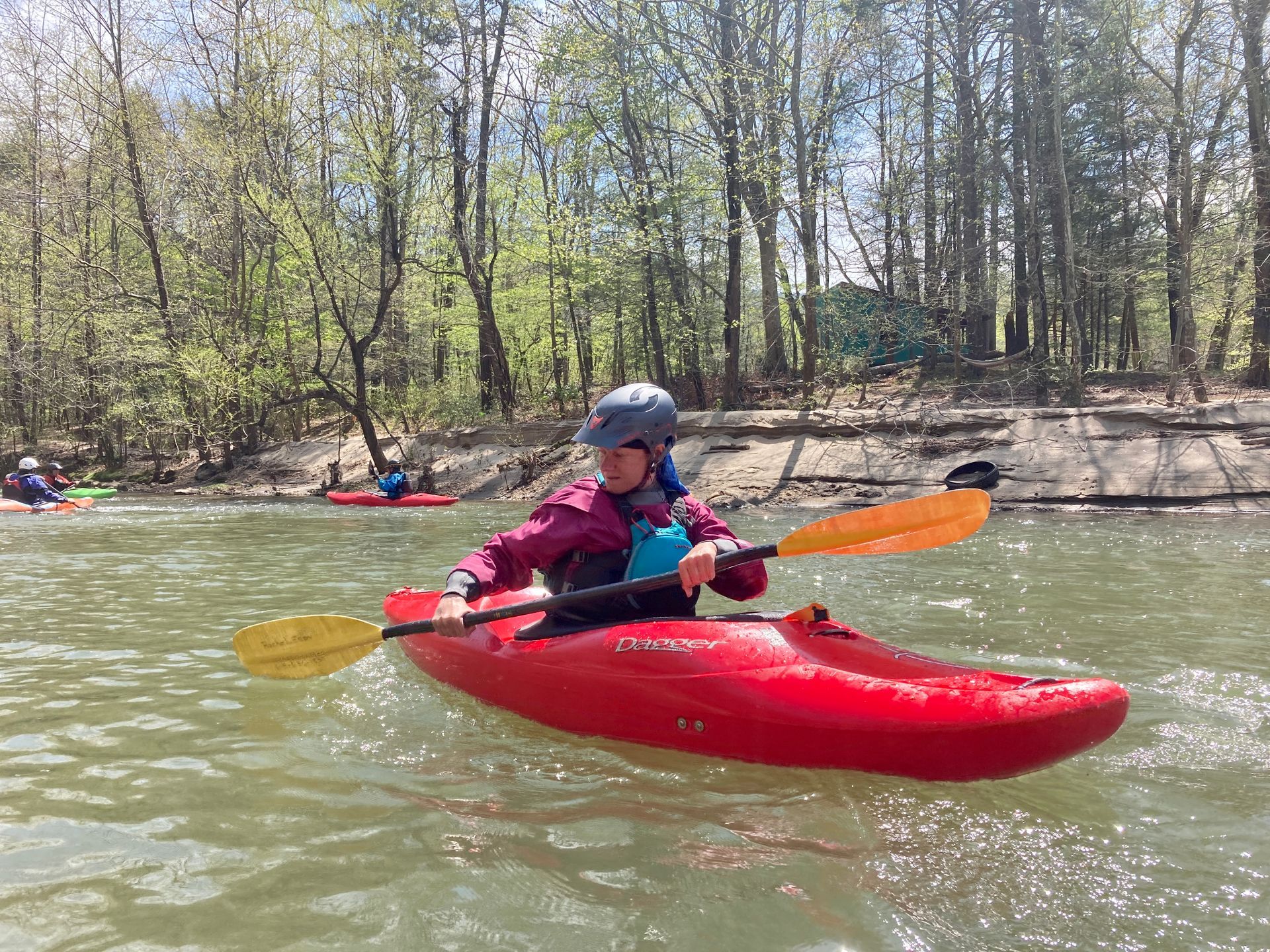
Paddling flatwater is an excellent way to stay fit. You can focus on pure technique without the distraction of whitewater. When you practice at 100% efficiency in flatwater you can hopefully achieve 80% efficiency in whitewater. I have a handful of flatwater workouts that push me to my limit. I combine my flatwater drills with roll practice. Beginners tend to be diligent in practicing the roll. But high-level paddlers often neglect maintenance of the first and most crucial layer of self-rescue. Take turns on video with a friend and break down the subtleties of the roll. When it finally rains again you will be a well-honed rolling machine.
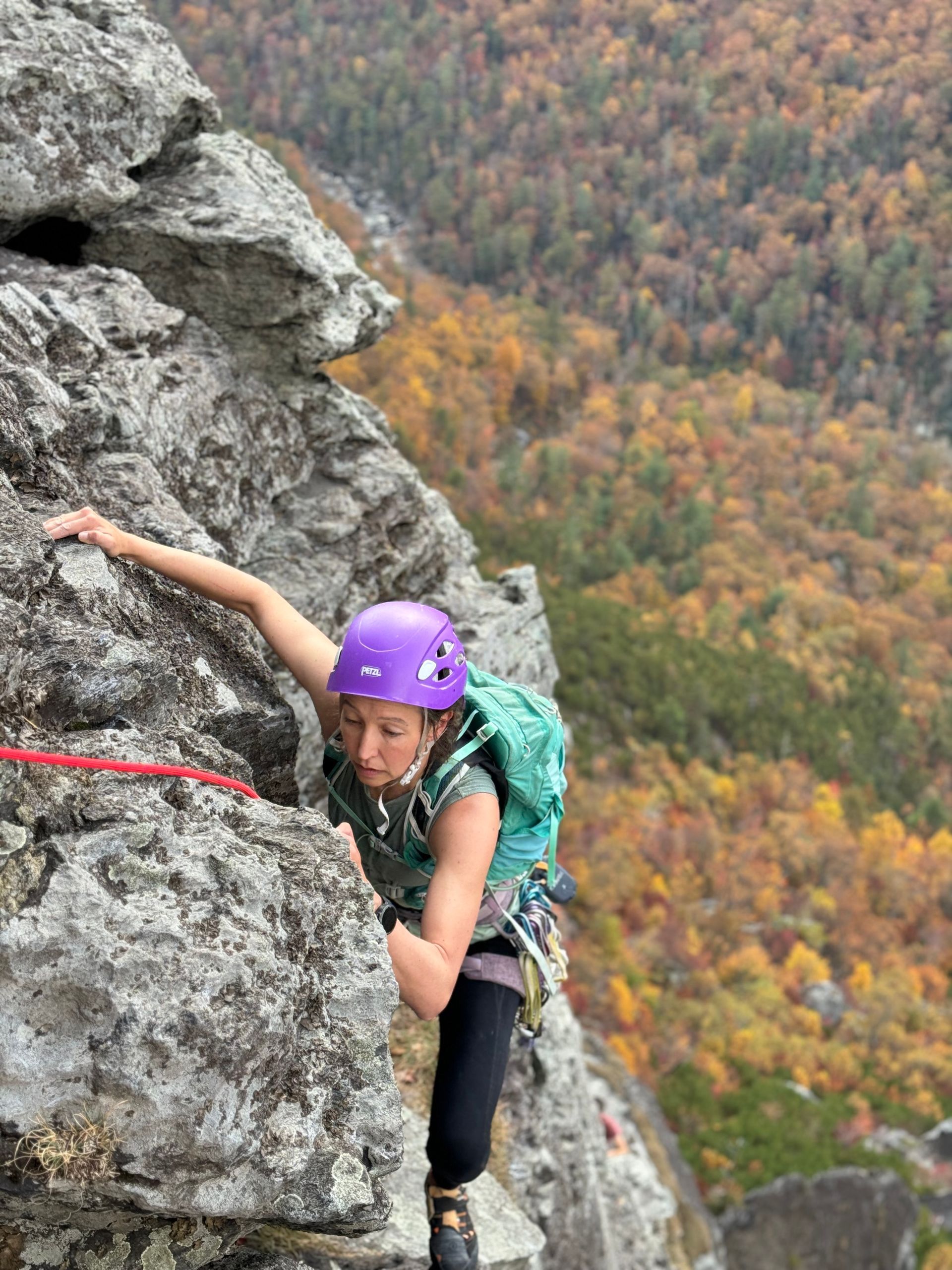
Try something new. Poor whitewater conditions mean prime time for cycling, trail running, hiking and climbing. The southeast is full of multisport opportunities. Trying new sports will expose you to fresh terrain in your backyard.
Dam releases provide drought relief for southern boaters from March through November. Tallulah, Cheoah, the list goes on. Northbrook power company is drawing down Lake Summit in Western North Carolina so the Green will hopefully have water through fall, offering options from the class 1-2 lower section through the class 5 Narrows.
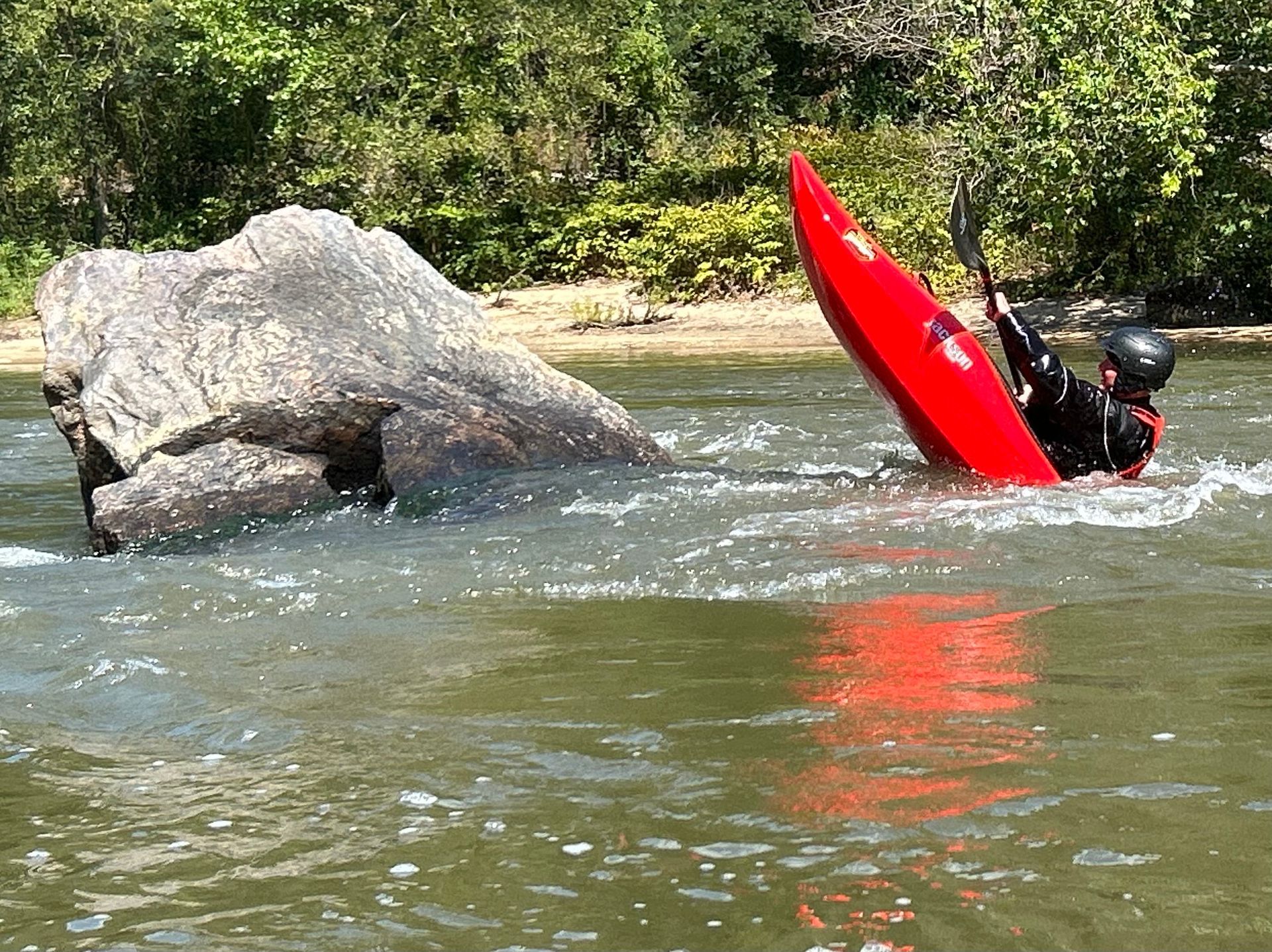
Don’t be too picky. I recently kayaked the Nolichucky at 395 cfs. It was a sunny warm day in the middle of the week. I was the sole paddler on the water. I found some fun lines while osprey and bald eagles fished the crystal-clear water and fish the size of my paddle blade darted under the surface. It was low, but as long as there is enough water to float a boat, who cares if it’s a little bony?
We are lucky to live in an area with plenty of options when the rivers run dry. Biking, hiking, dam releases and easily accessible flatwater all provide drought relief. In the meantime, do your rain dance. I see a glimmer of hope in the current forecast.
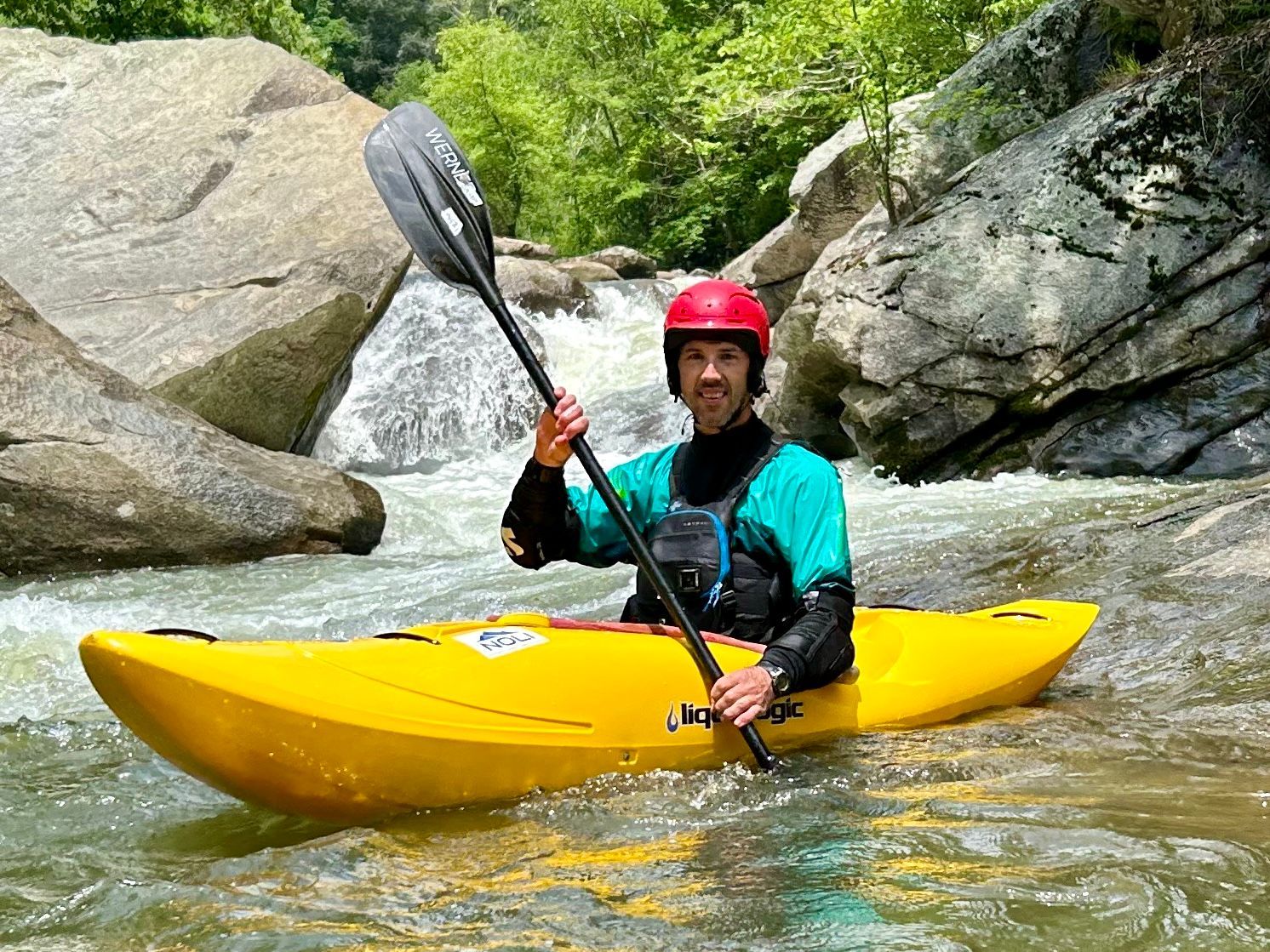
Adam Herzog is a NOLI instructor and elite-level kayaker who has been kayaking for over 30 years. He has notched podium finishes and wins in Jerry’s Baddle, the Watauga Race, the Chatooga Race, the Baddle of the Broad, and the Nolichucky Race. Adam has paddled extensively in the U.S. and Canada. In 2022 he completed his lifetime goal of successfully paddling the Grand Canyon of the Stikine River, considered to be the Mount Everest of kayaking.
To schedule instruction with Adam or one of our other exceptional instructors, go to www.nolilearn.org or contact us. Training is available year-round.

